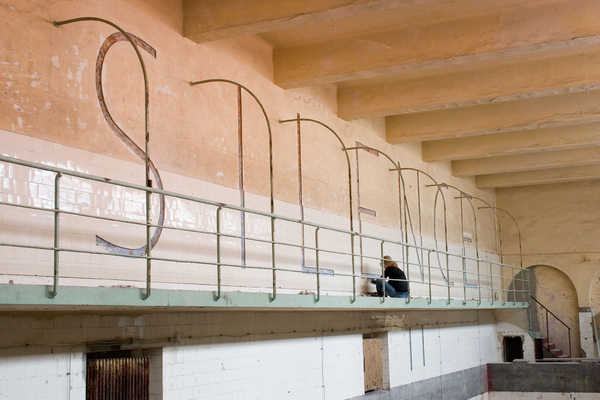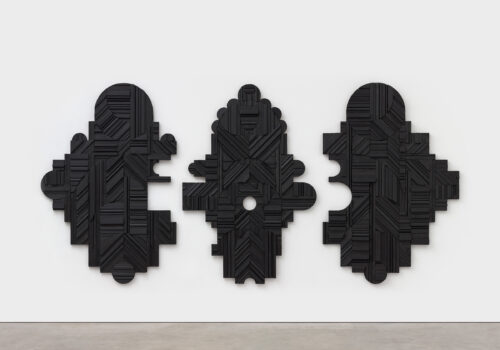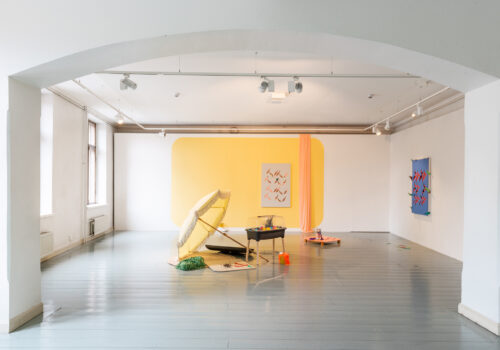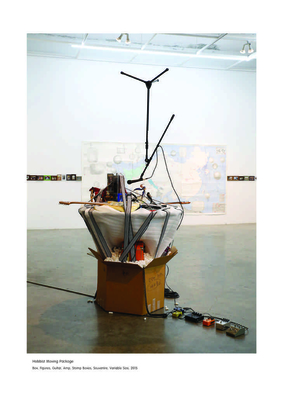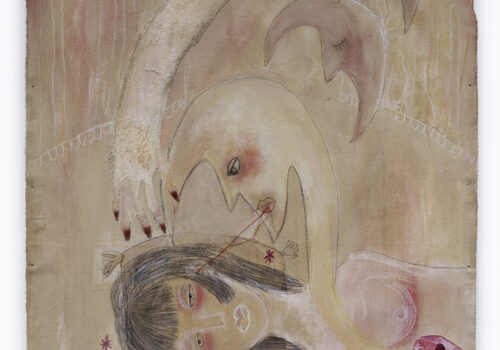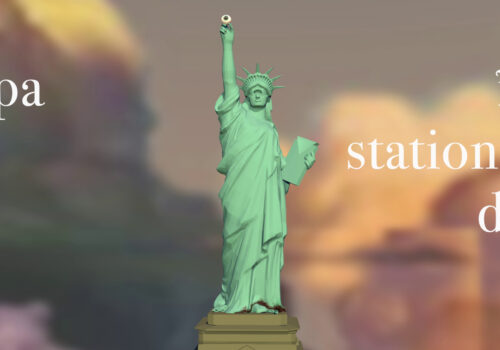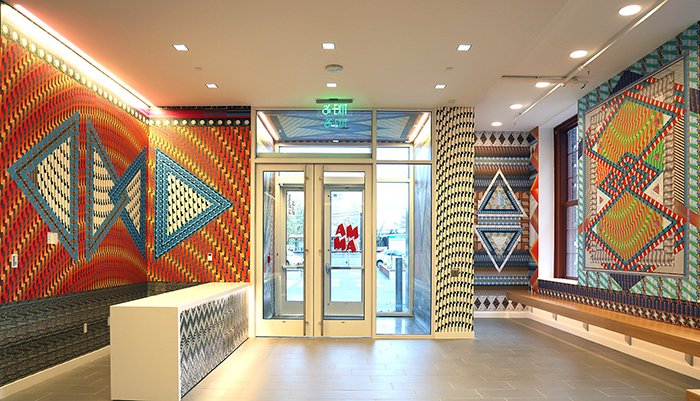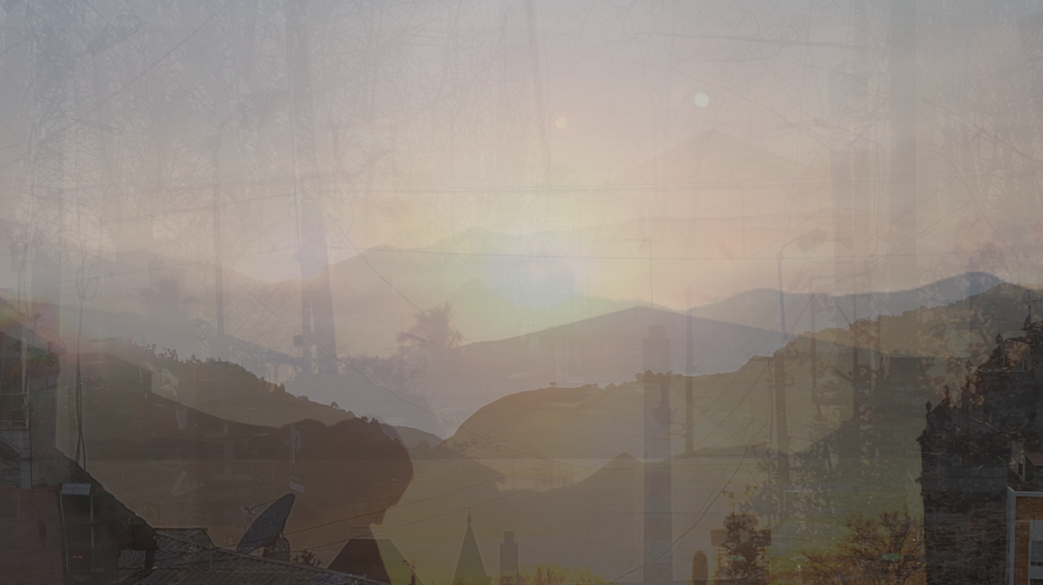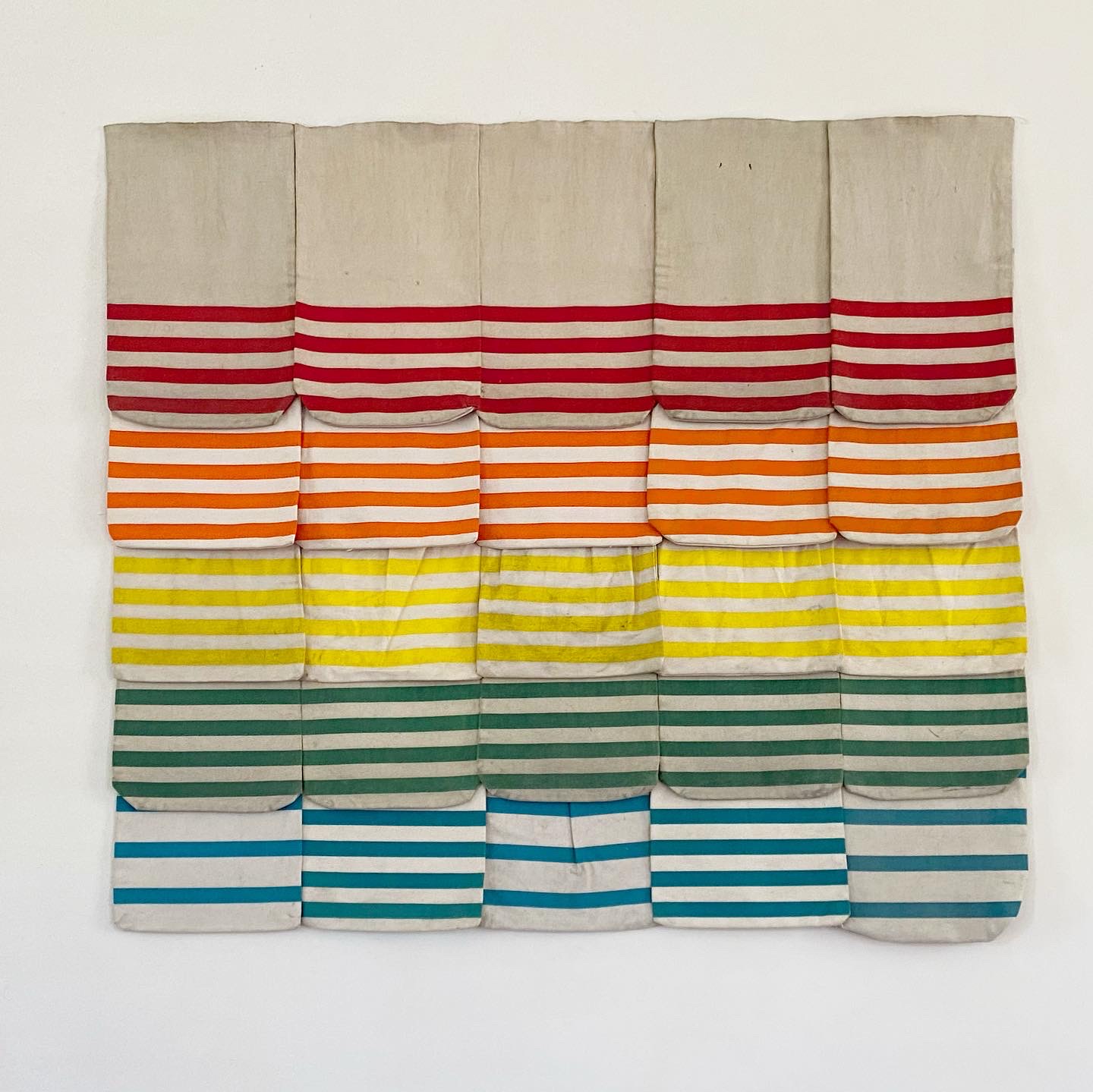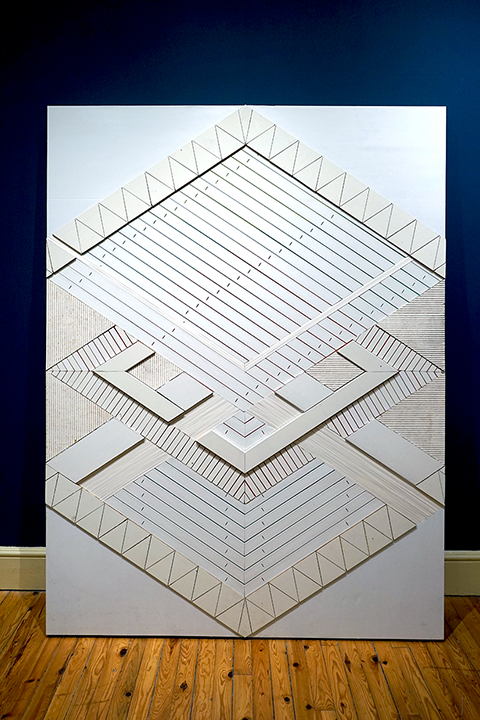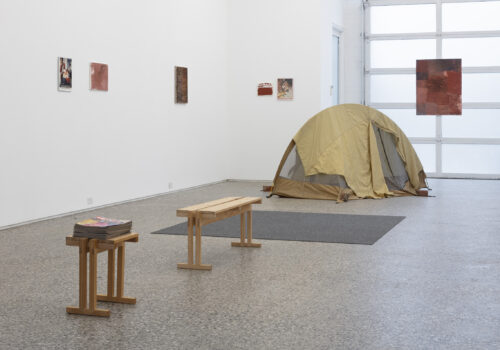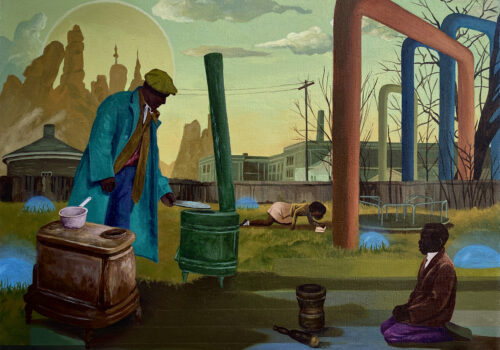Past Residents
Past Resident2016: Alfred Kordelin Foundation2002: Arts Council of Finland
Marja Kanervo
Stripped walls, sanded floors, and drilled holes, along with the debris of such removals have been the staple of Marja Kanervo’s artistic practice since the mid-1990’s. Recently, she has employed photos in her work, by mechanically erasing layers of information in the same way as stripping a wall.
Marja Kanervo (born 1958) lives and works in Finland. She began as a painter and graduated from the Academy of Fine Arts, Helsinki. Kanervo’s installations and environmental art has exhibited in Europe, Japan and the United States. She most recently was included in the exhibition (Dis)appearing, Kiasma Museum of Contemporary Art, Helsinki, 2013; and held residencies with the Newhouse Center for Contemporary Art, Staten Island, Keio University, Tokyo, and the International Studio and Curatorial Program, New York, 2003.
Past Resident2016: LIG Art Space
Youngmin Kang
Youngmin Kang transforms images and objects captured from digital media, architecture or cultural phenomenon into different contexts by expanding the limits of a particular media through changing the format of the information contained within. When modified into a different space, dimension, scale, and media, his provides a moment of clarity about the original medium and references. Specific meaning in each work emerges through the detailed process of manipulation and can be associated with cultural, socio-political, and identity issues.
Youngmin Kang (born 1969 in Seoul, South Korea) studied painting (BFA/MFA) at Seoul National University and studio art (MFA) at the University of Texas at Austin. He has shown his work in solo shows at Gana Contemporary, Space CAN, Youngeun Museum of Contemporary Art, Project Space Sarubia, all South Korea and O’Kane Gallery, Houston. Group exhibitions include National Museum of Modern and Contemporary Art, Seoul Museum of Art, Reverscape, Jeju Museum of Art, Seoul International Photography Festival, and Gyeonggido Museum of Art, all South Korea.
Residents from South Korea
Past Resident2021: ISCP Alumni Fund2016: Pollock-Krasner Foundation
Ghost of a Dream
Ghost of a Dream makes work about people’s hopes and dreams out of the ephemera people create trying to attain these aspirations. Whether it is a Hollywood film that transports the viewer into a dream reality, or a lottery ticket that gives the possibility of a future full of rich decadence; they use these remnants to both recreate people’s dreams, and portray the dreamer.
Ghost of a Dream has exhibited work at MassArt Art Museum, Boston; New-York Historical Society, New York; and Smack Mellon, Brooklyn, among others.
